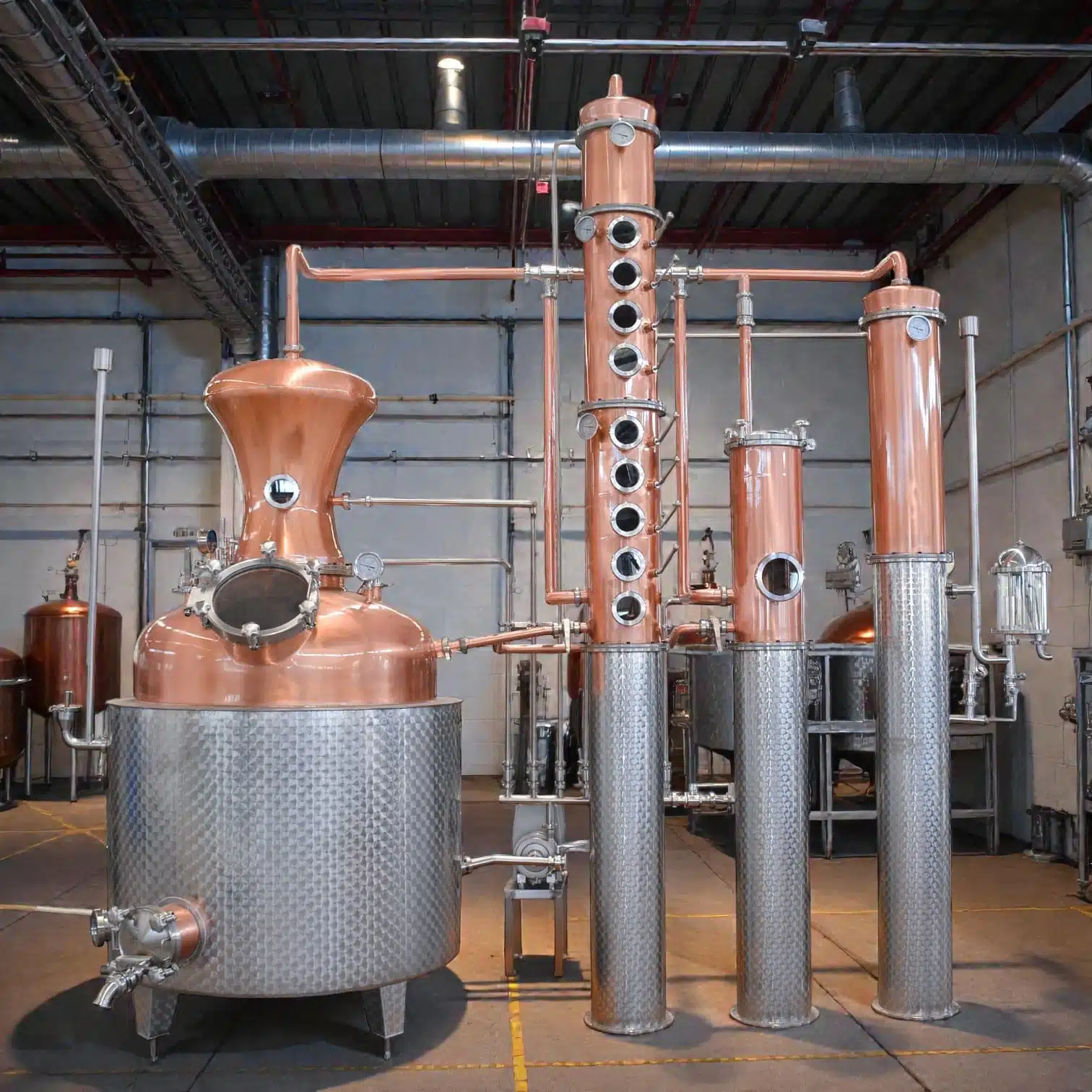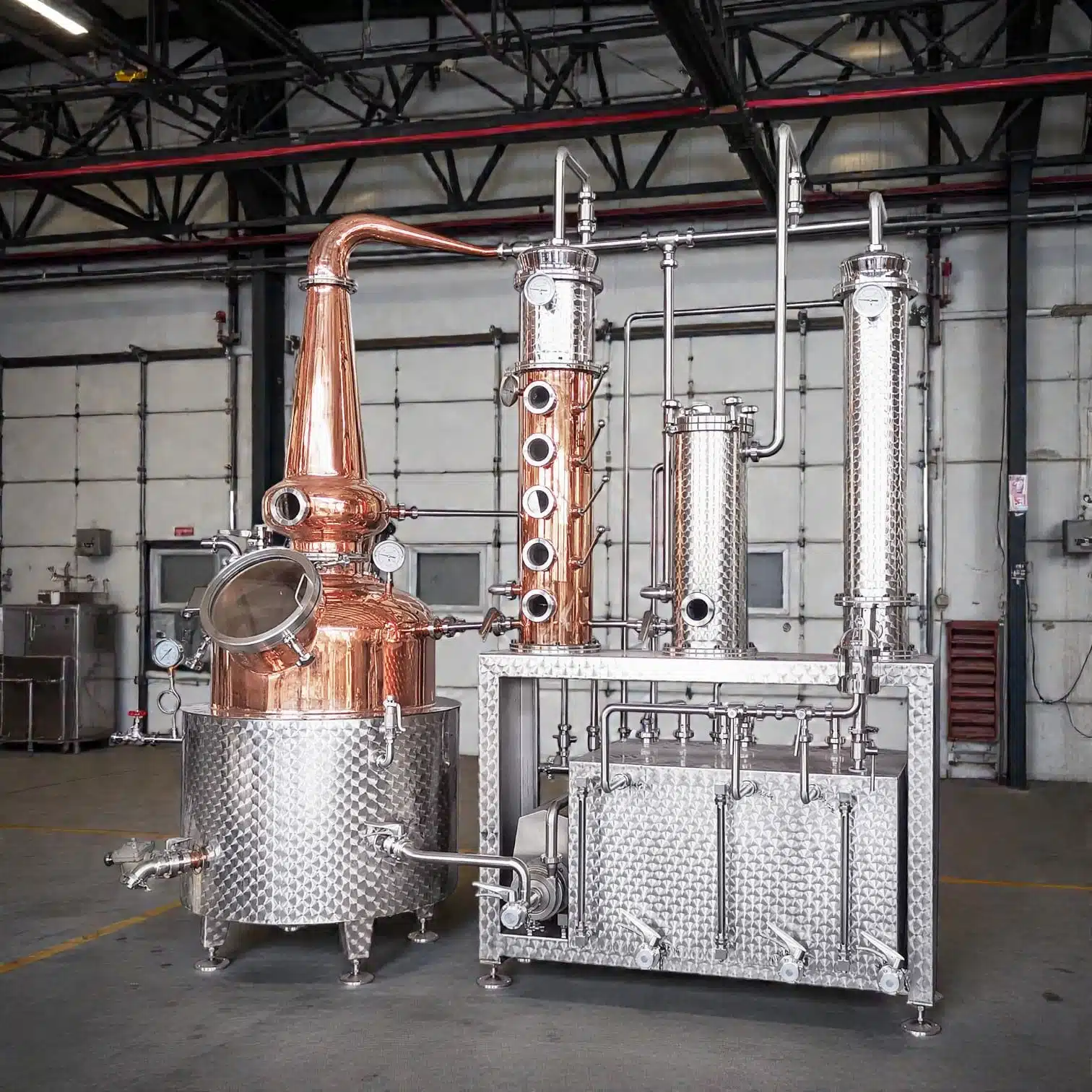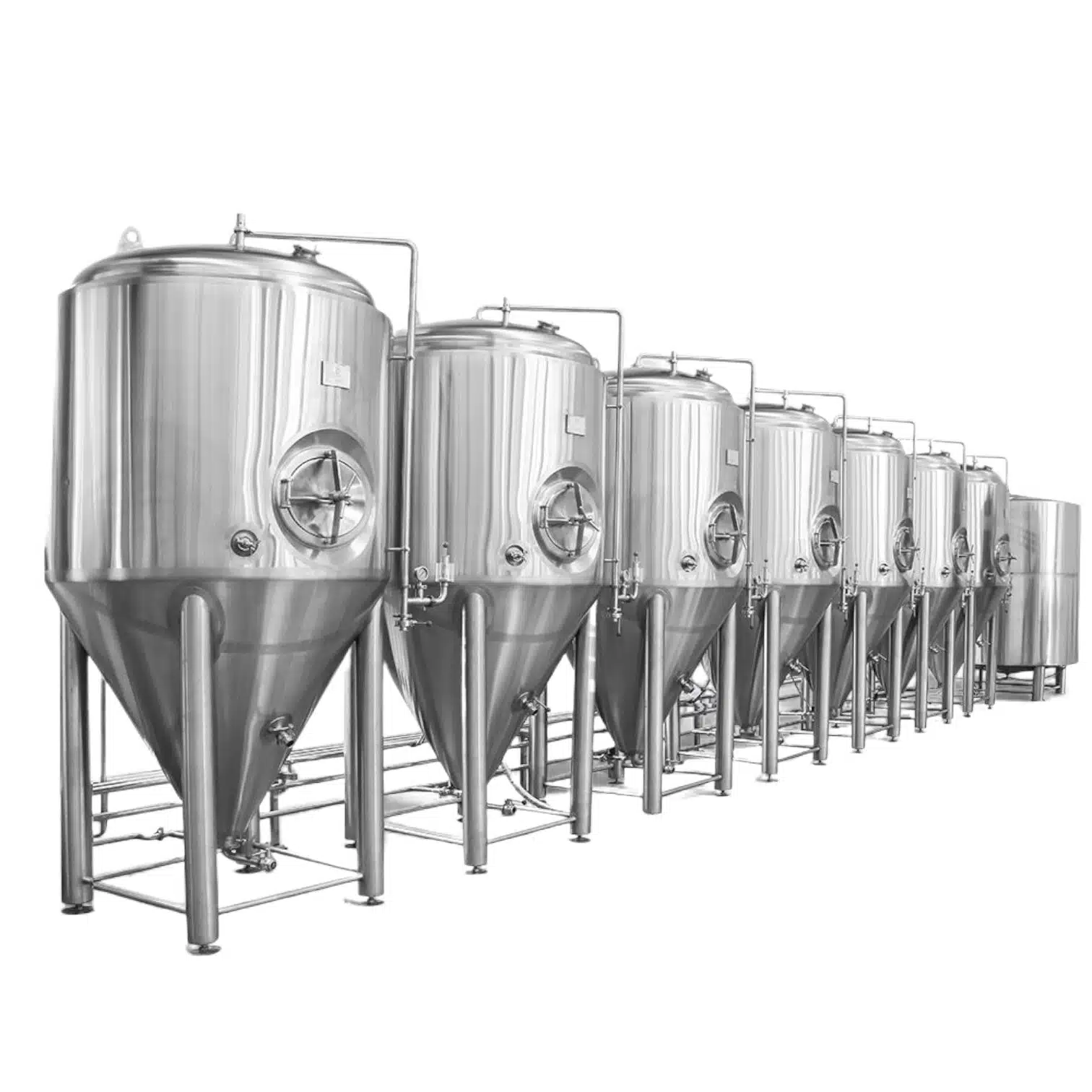Brew Beer at Home This guide will take you step by step through all the basic steps of home brewing beer, whether you are an experienced home brewer, just starting out or curious.

Brew Beer Step-by-Step Guide
1. Prepare Your Equipment
Make sure all of your equipment is clean and sanitized before starting the brewing process. This includes your fermenting vessel, airlock, siphon, and any other tools you’ll be using. Proper sanitation is crucial to ensure that any undesirable bacteria or yeast don’t compromise your batch and ruin it.
2. Select Your Ingredients
Choosing the right ingredients is essential. Your beer ingredients include malt, hops, yeast and water – the latter often being the most essential component. Water quality and character can have an enormous influence on its finished flavor profile.
3. Heat the Water
You’ll need to heat your brewing water to a specific temperature, which will depend on the type of beer you’re making. This is typically done in a large pot on the stove. The temperature of the water must be precise to ensure proper extraction from the grains.
4. Steep the Grains
If you’re using specialty grains in your recipe, you’ll need to steep them in the hot water for around 30 minutes. This will add flavor and color to your beer. It’s like making tea, but for beer!
5. Add Malt Extract
Malt extract is a concentrated syrup that is made from malted grains and is the base for most homebrew recipes. You’ll add this to the hot water and stir until fully dissolved. This will create what’s known as the wort, the sugary liquid that yeast will later ferment into alcohol.
6. Boil the Wort
Once the malt extract is added, you’ll bring the mixture to a boil and add any hops or other flavorings as the recipe calls for. The boiling process is crucial for sterilization and to ensure the proper utilization of hops.
7. Cool the Wort
After boiling, you’ll need to cool the wort to room temperature. This can be done by placing the pot in an ice bath or using a wort chiller. Rapid cooling is necessary to reduce the risk of contamination.
8. Transfer to Fermenting Vessel
Once cooled, you’ll transfer the wort to your fermenting vessel and add yeast. The vessel should be airtight with an airlock to allow CO2 to escape without letting air in.
9. Ferment the Beer
Fermentation is where all the magic occurs: yeast will feast upon the sugars in your wort, producing alcohol and carbon dioxide as they ferment away. Temperature and duration will depend upon what style of beer you’re creating.
10. Bottle or Keg
After fermentation is complete, you can bottle your beer or transfer it to a keg for carbonation. If bottling, you’ll add a small amount of sugar to each bottle to induce carbonation.
How to Brew Beer at Home Video

How to Brew Alcoholic Ginger Beer
One of the most frequently asked questions among new home brewers is, “How long does it take to brew beer?”
Unfortunately, this answer varies depending on both your desired beer style and fermentation process. On average, though, it typically takes anywhere from three to six weeks at home to produce beer successfully. Here is a breakdown of each step, taking approximately how long:
Prep and Brewing
To get your beer brewing process underway, the initial steps can take up to 2–3 hours from start to finish, from gathering your equipment and ingredients, heating water, steeping grains in steeping liquor, adding malt extract and boiling the wort before cooling it. This stage of the brewing process is the most active stage.
Fermentation Primary fermentation can take between one and two weeks for beers with lower gravity levels or certain yeast strains; it may even take longer when making higher gravity beers. This critical phase marks when the wort turns into beer!
Carbonation and Conditioning
After fermentation is complete, carbonation usually takes an additional one or two weeks when using bottle conditioning. Kegging can allow faster carbonation times; however, for best results, allow time for all flavors to blend before carbonating your beverage.
Be mindful that these timeframes are estimates and may vary based on factors like temperature, strength of beer and type of yeast used. Be patient as each step takes its own course for best results.
By practicing, you’ll soon be creating all sorts of styles and flavors to share with friends and family – here’s to your brewing adventures!
















